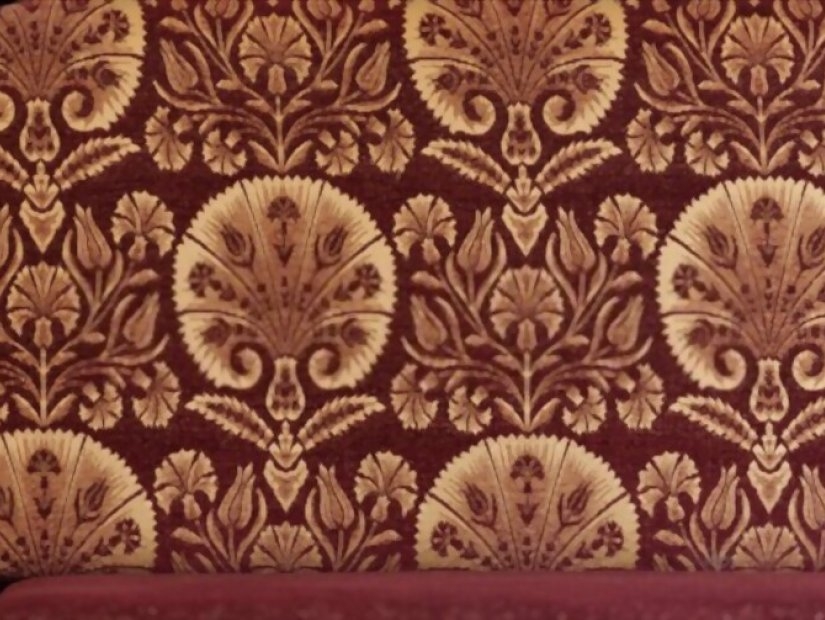Blog
Fascinating Costumes of Ottoman Empire
Fascinating Costumes of Ottoman Empire
Fascinating Costumes of Ottoman Empire
Of course, the clothes in the Ottoman period were very different from those of today. The period had a unique fashion sense, and the dress choices of the Ottomans even drew great attention from foreign visitors. While the clothes worn by the people were more modest, the palace costumes were quite magnificent and dazzling. Due to the special importance given to dressing the officials in the organization of the palace in a way that indicates their positions and duties, clothing, costumes, turbans, headgear, caftan, accessories, and other elements were chosen as uniforms that show their duty in and out of the palace. This system created a richness in form, style, and accessories.
The most important general feature of Ottoman clothes was that they were draped, veiled, and long. Women wore shalwar, cardigans, shirts, and robes; men wore shalwar and sandals. Each professional group had its clothing style. The sleeves of the men's dresses, which were made of various colors, were narrow and long, up to the wrists, and were closed with buttons. Kaftan was usually worn over the dress. It was deemed appropriate for the notables of the state and the palace and their men to wear red helmets. During the reign of Mehmed the Conqueror, the white turban was popularized.
In the later periods of the Ottoman Empire, narrow and long sleeves and tall dresses up to the knees were popular. While the part of the dress, up to the waist was buttoned up, a belt was attached to the waist part. A top with sleeves at the elbows was worn over this outfit. With the turban wrapped over the cone, hairy headpieces were common.
Since the fabrics of the dress of the palace women were specially woven, the public was prohibited from wearing them. Fabrics used in the palace were woven in the workshops within the palace according to the patterns prepared by fine craftsmen. If these workshops were not enough, other workshops in Istanbul and Bursa would be ordered. Silks were kept under the control of the state. Every detail, from the number of warp wires to the color, was controlled for compliance with the rules. Clothes began to change, especially in the 18th century with the influence of the Tulip Period. The entertainment life of that period started to show its effect on the clothes; the western-style became dominant in fashion.
With the declaration of the Tanzimat (1839), the public tended to live free and socially. Rights given to women caused significant changes in Ottoman women's clothing. With the declaration of the Constitutional Monarchy, the influence of European fashion in the Ottoman Empire also increased. Also, the invention of photography in the 19th century accelerated the fusion of east-west clothing features.
The main clothing items of the women were shalwar, cardigan, shirt, dress, and caftans. Dresses worn with shalwars constitute the oldest examples of Turkish women's clothing. The dressing gown was shaped from the waist down by widening the skirts. From the beginning of the 18th century, the changes in these dresses such as the neckline, sleeve cut, hem length, and the tightness of the dress were effective until the mid-19th century. As a special occasion dress, a one-piece dress with a tail on the back became fashionable. Women's clothes were usually made of velvet.


